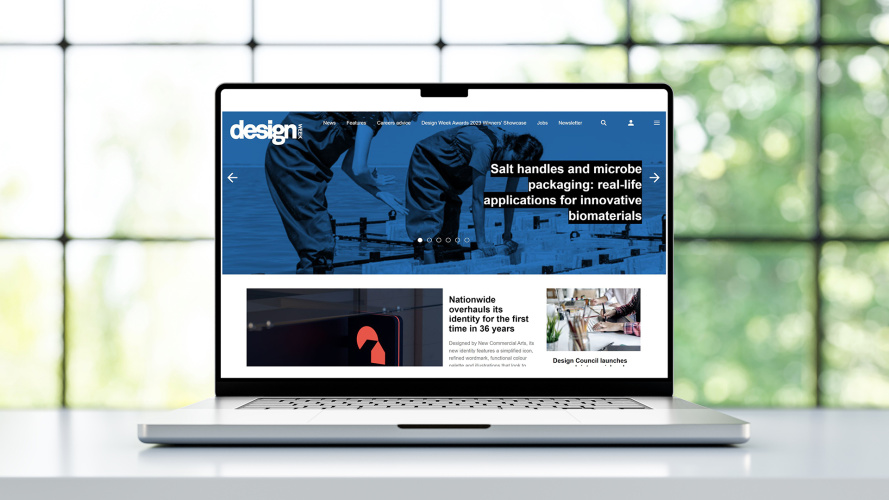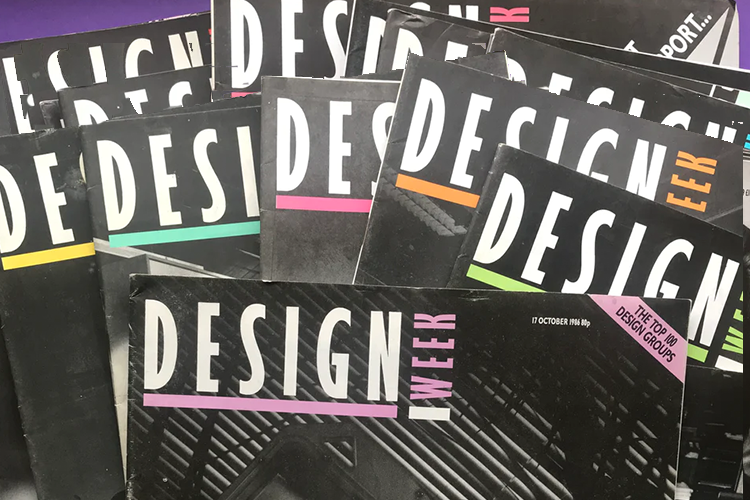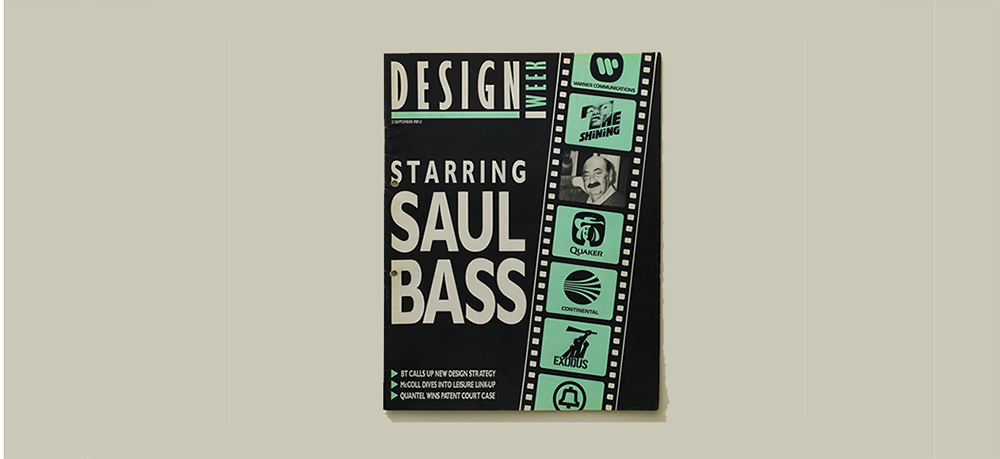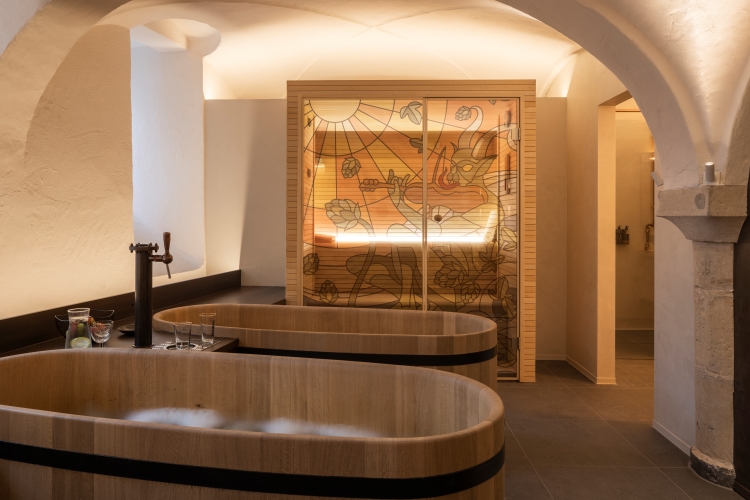Amp designs tool suite for sonic branding
Amp CEO Michele Arnese explains why sonic branding should be more embedded into the branding process and how it created a tool suite to help make it happen.
Sonic branding agency Amp has developed a three-part tool called Sonic Hub, which seeks to simplify the sonic branding process for designers and brands using four different AI technologies.
The nature of Amp’s work requires it to manually research how brands use sound to inform sonic identities. According to the agency’s global CEO Michele Arnese, it is harder to “quantify, measure and compare” sound than visuals.

“Implementing a sonic identity is not easy without some kind of tool”, he says, adding that he believes “between 30-40% of all sonic identities are not really used properly”. Arnese also argues that sonic branding is often viewed as “a separate entity” when it should be part of the wider branding process from the beginning.
In light of its findings, Amp set out to devise a system leveraged by AI that could “analyse how brands use sounds and aggregate the data”. The result is the Sonic Hub, a subscription-based service comprising three different tools: Sonic Radar, Sonic Check and Sonic Space.
Sonic Radar
Arnese refers to the collection of music a brand uses as a “playlist”. This playlist “says a lot about them, so knowing the emotions and tonality related to the music is crucial,” he says.
Sonic Radar works by providing insights on a brand’s use of sounds across its digital channels, using music AI tagging technology “trained by experts to categorise music”.
It presents these findings as “an overview of what tonalities, genres and instruments” the brand uses, and offers “insights about strategy and use of sound”, he adds. Sonic Radar also has the ability to compare competitors’ sonic identities across different markets and sectors.
It was primarily designed to be a tool for brands to measure how they “connect with consumers”, says Arnese, but design studios could also use the tool to inform sonic projects he adds.
Sonic Check
Since “sound is one of the most subjective topics”, Arnese says Amp sought to “get rid of all the subjective views on sound” introduced during the design process, instead using qualitive data.
He describes Sonic Check as “rapid-development tool” that uses machine learning AI “trained with real market research” to give the user a “measurement” of a sound. It looks at how consumers responded to similar sounds in the past and provides a prediction of how a sound will be received by consumers.
Once users upload a sound, the AI analyses its performance in relation to “brand fit”, memorability, and “authenticity”, says Arnese. He adds that this tool would be suitable for advertising agencies to “pre-test campaign sounds” before going to the market research phase.
Sonic Space

Sonic Space uses generative AI to create new music out of existing music, acting as a “sonic repository”, says Arnese.
According to Arnese, it should mean that people don’t have to use stock music libraries and pay money for a sound that hasn’t been tailored to the brand.
“The first sonic tool suite in the world”
Sonic Hub is “the first sonic tool suite in the world”, Arnese claims. He says that Sonic Radar is the most unique of the tools, as it has around 1500 brands analysed inside the programme. While some software does offer AI audio testing, Arnese says there is “no concept of an audio brand” within them, whereas Sonic Check offers a tangible language to describe its findings.
AI music creation tools also exist elsewhere, but according to Arnese, Sonic Space is the first AI music creation tool that “infuses melodies from a brand into existing music” turning it from “agnostic to recognisable”, he adds.
Ultimately, the tools aim to connect the whole sonic branding process through consistent terminology and smart UX and UI design, in a service that is “appealing, inviting and simple to use”, Arnese says.
Bringing sonic design standards “to the same level”
Amp’s Sonic Hub works as a subscription service, giving users access to one or all of the tools. Arnese argues that brands spend a lot of money on stock music or commissioned music that “doesn’t suit the brand at all”, whereas this tool offers everything from the ability to make new sounds to carrying out extensive research during the subscription period.
He adds that a brand’s sonic capabilities are often determined by budget, but Sonic Hub seeks to “bring design standards to the same level”, so brands with lower budgets can achieve a higher standard of sonic branding.
-
Post a comment





